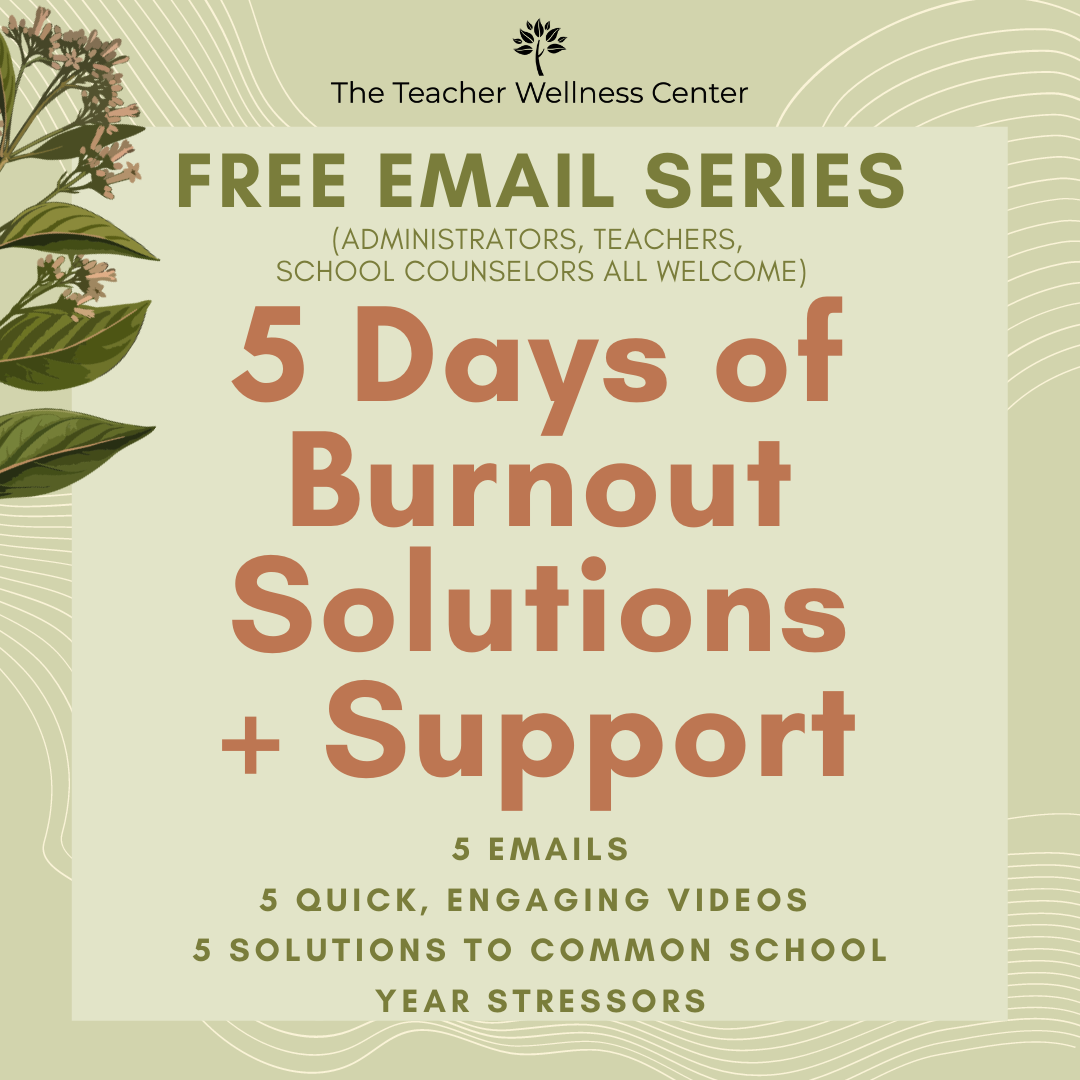3 Sustainable, Enjoyable Steps to Meet Every Student's Needs
Do you ever feel like teaching is an impossible task? You are up late lesson planning, then you come into school and give your absolute best, and you still don’t feel like your students are getting it. They have so many needs, and you’re just one teacher.
If endlessly spinning your wheels to be “enough” for every student is contributing to your school year stress, you are not alone AND you are in the right place. Today, I’ve invited my friend and teaching colleague, Rob Barnett, to offer some solutions to this very problem.
Rob is the co-founder of Modern Classrooms Project, an organization challenging the assumption that every student should learn the same thing at the same pace every day. Rob and his team offer educators an instructional model to help more students reach mastery while reducing teacher overwhelm.
Teachers who use Modern Classrooms’ instructional model report that they enjoy teaching more, find teaching more sustainable, and are more optimistic about the future of education. Since the mission of The Teacher Wellness Center is to give educators wellness strategies for a more joyful, sustainable career in education, you better believe I was excited to bring Rob around to share some of his secrets.
Please welcome Rob as he shares 3 strategies you can practice now to feel more fulfilled in your work while meeting more of your students' needs.
3 Sustainable, Enjoyable Steps to Meet Every Student’s Needs.
By Rob Barnett from Modern Classrooms
I.
Record your own videos. When I stood at the board and talked, I could see my students losing focus – and I spent a lot of my energy managing their behavior. Once I replaced my traditional direct instruction with videos, however, my students could learn at their own paces… and I could spend class time working closely with individual students. (My students could catch up at home, too!) I felt like I really got to know my students during class time, and if I ever had a behavior issue, I could deal with it one-on-one. My videos weren’t amazing, but my students really appreciated the fact that I was the one making them. Once I started recording my own videos, I started looking forward to class instead of dreading it.
Action step: Start a solo Zoom meeting (or equivalent), hit record, share your screen, and explain something you understand. (Example here.) Congratulations - you’ve just recorded your first instructional video!
II.
Allow for flexible pacing. Some students will learn a new concept quickly; others will need more time. When we move students along at a single place, it’s stressful for them – and for us, too! If your instruction is on video, however, students have the time they really need to learn… and you can spend your time providing support where it’s most needed (and effective). You can still give your students assessments on the same days, but students will have had the time they need in between to truly understand what you’re trying to teach. And you won’t drive yourself crazy worrying about the time! Once I instituted self-pacing, I started feeling like I was using class time well.
Action step: Create a checklist of the things your students must do in your next unit, and make it look nice. (Examples here.) Congratulations - you’ve just designed your first progress tracker!
III.
Hold students to mastery. There was nothing more demoralizing to me than seeing my students move through a course without really understanding what I wanted them to learn. When I used fixed pacing, I didn’t have a choice - either students got it, or they didn’t. But with flexible pacing, I could ensure that students truly understood Skill A before attempting Skill B. Requiring students to demonstrate real understanding was not easy! But once I started holding students to mastery, I could walk out of the building each day with my head held high, knowing that my students hadn’t just sat in class that day - they had actually learned.
Action step: For your next lesson, define the one question that every student must answer correctly to advance. (Template here.) One final congratulations is in order - you’ve just built your first mastery check!
2 Quotes from Others
I.
“One isn’t born with courage. One develops it. And you develop it by doing small, courageous things.” -Maya Angelou
II.
“Some see things as they are and ask, why; I dream things that never were and ask, why not?” - Robert F. Kennedy (paraphrasing George Bernard Shaw)
1 Question For You
Are there any elements of the Modern Classroom model which you can use to make your own day-to-day teaching experience better? If so, what elements, and how will you use them?
If you’d like to learn more, I recommend exploring Modern Classrooms’ completely free online course.
If you found value in this post, make sure to share this week’s 3-2-1 with an educator you care about :)
Until next week,
Emily Hemmingson
Health Coach for Teachers
Founder of The Teacher Wellness Center
Free Burnout Prevention Resources
from The Teacher Wellness Center
STAY CONNECTED WITH OUR TEACHER 3-2-1 NEWSLETTER
Thank you for taking a moment to join me, and for giving yourself a moment to consider your needs this school week. You can get more actionable ideas in my popular email Teacher 3-2-1 newsletter. Each week, I share 3 of my teacher wellness tips, 2 quotes from others, and 1 wellness question to think about. Thousands of teachers are already subscribed. Enter your email below to join the community!


